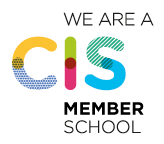OUR UNIQUE CAMPUS
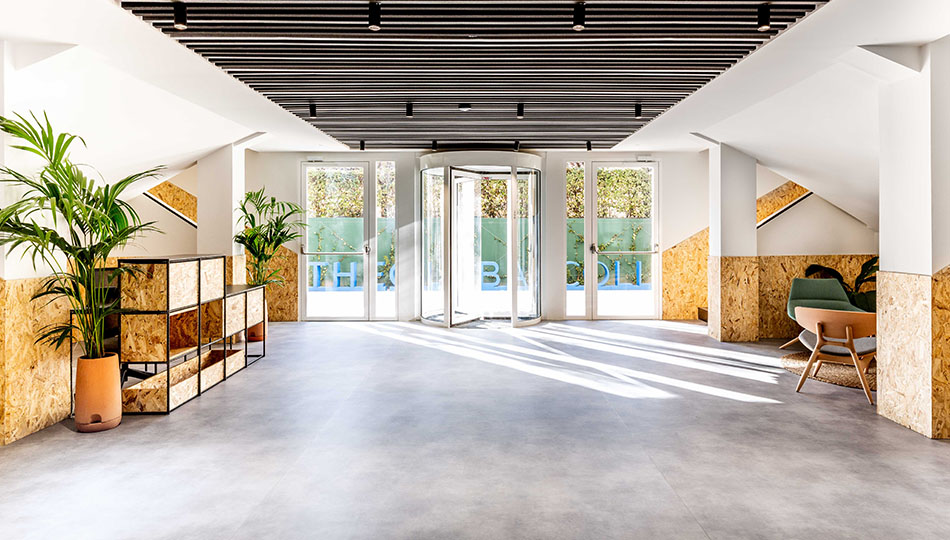
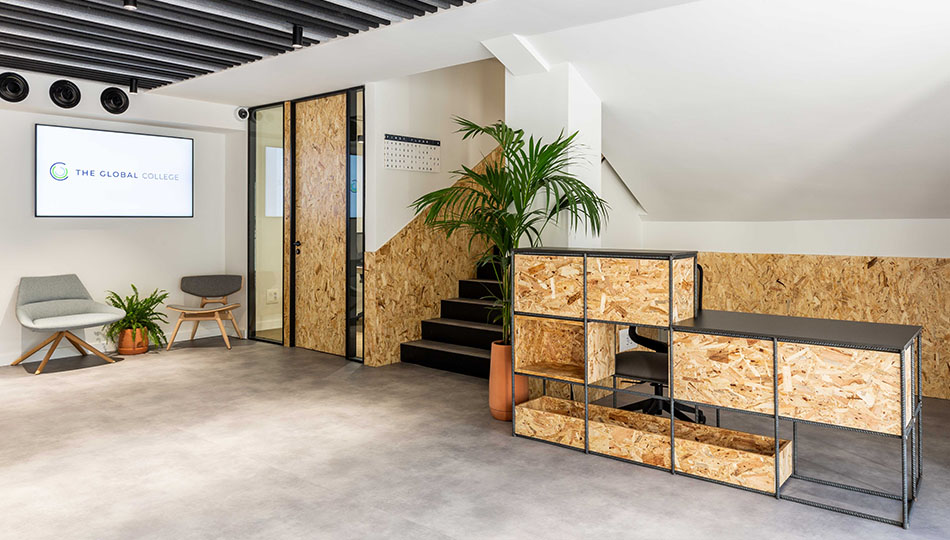
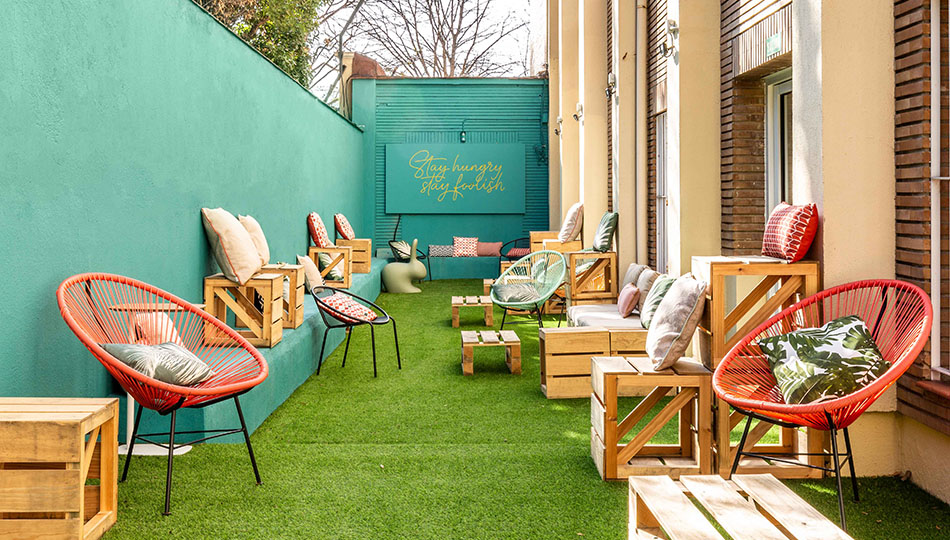
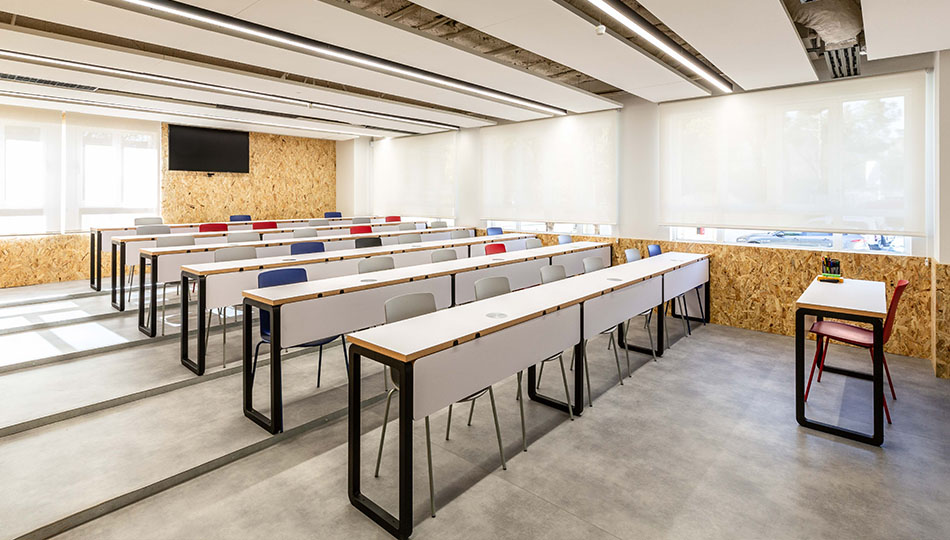
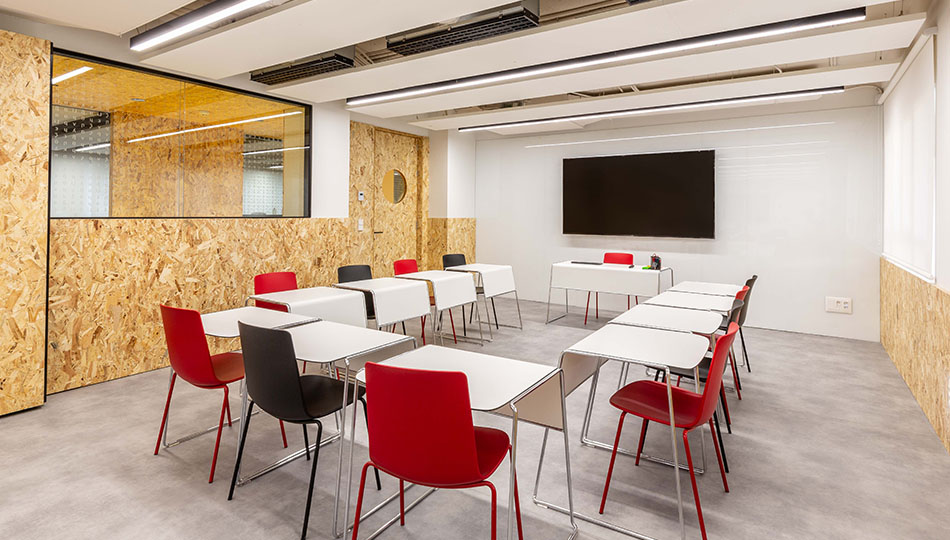
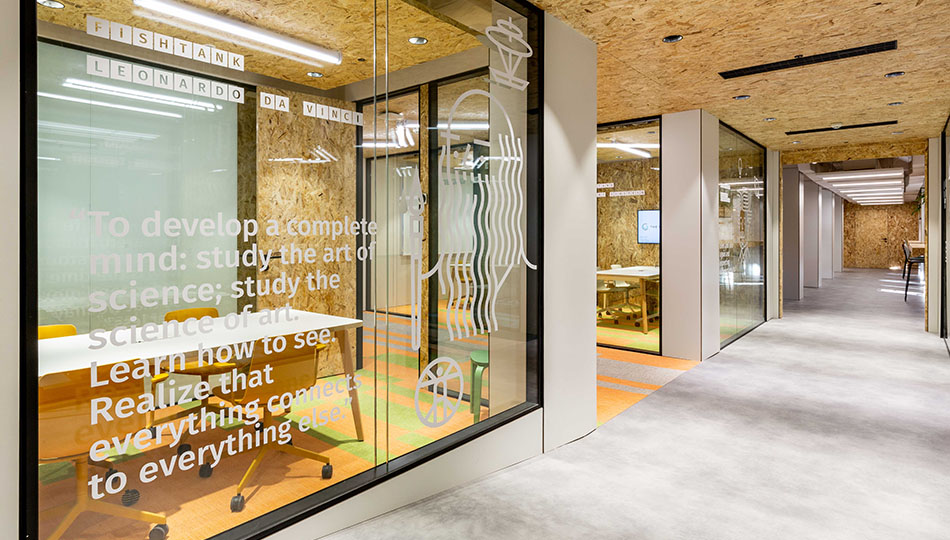
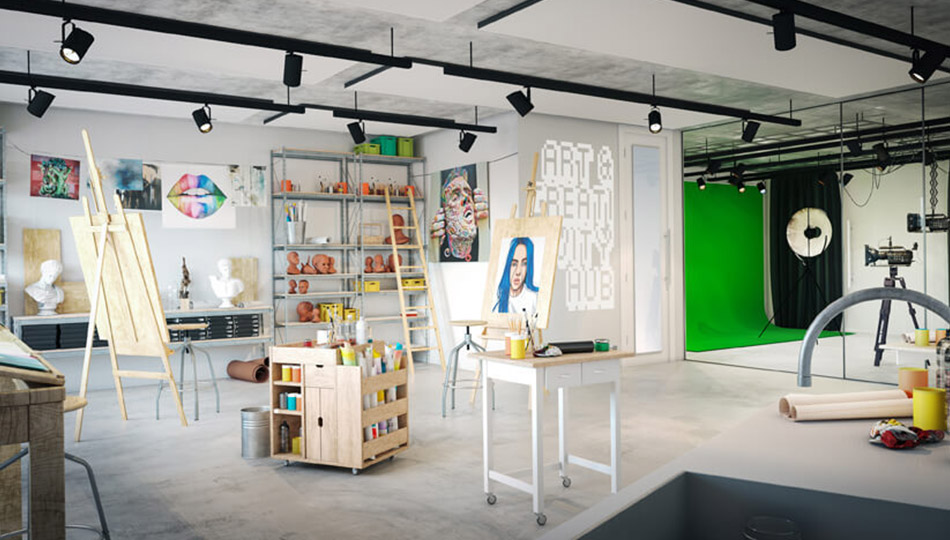
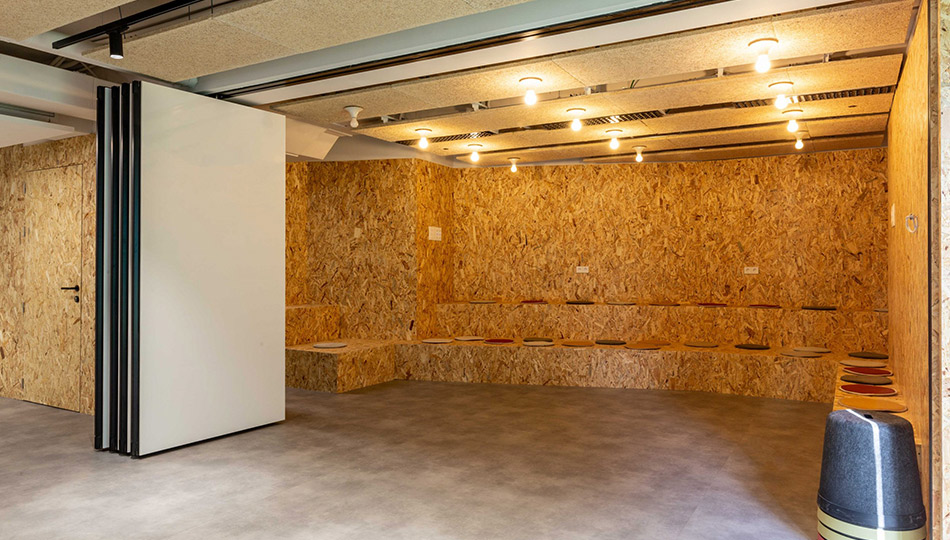
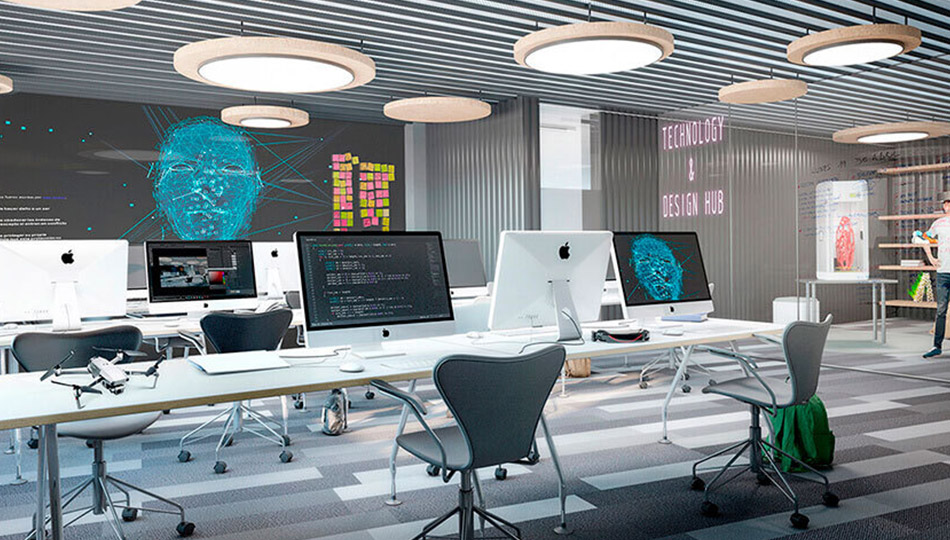
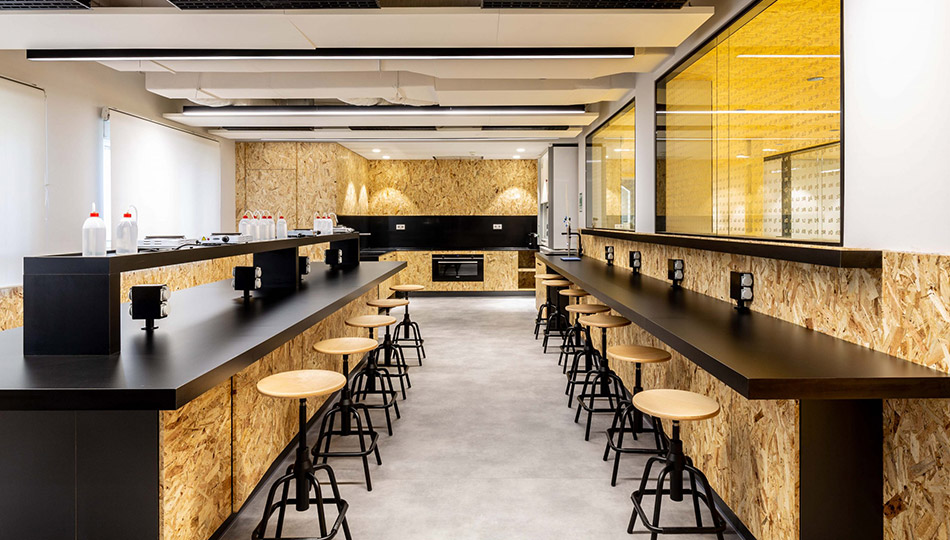
- 12 Classrooms
- 5 Team Discussion Rooms
- 1 Biology Lab
- 1 Physics & Chemistry Lab
- 1 Radio & Digital Media Lab
- 1 Filming Studio
- Open Coworking Space (230m²)
- 1 Technology & Design Hub
- 1 Art & Creativity Hub
- 1 Entrepreneurs Live Hub
- Healthy Food & Beverages
- Social Collaboration Areas (105m²)
- 1 Library
- 20 Individual Research & Work Stations
- Faculty Lounge
- Green Outdoor Areas (1000m²)










- 12 Classrooms
- 5 Team Discussion Rooms
- 1 Biology Lab
- 1 Physics & Chemistry Lab
- 1 Radio & Digital Media Lab
- 1 Filming Studio
- Open Coworking Space (230 m²)
- 1 Technology & Design Hub
- 1 Art & Creativity Hub
- 1 Entrepreneurs Live Hub
- Healthy Food & Beverages
- Social Collaboration Areas (105 m²)
- 1 Library
- 20 Individual Research & Work Stations
- Faculty Lounge
- Green Outdoor Areas (1000m²)
The innovative design and spaces reflect the huge transformation we see in education and learning environments, driven by 10 key factors:
Education happens everywhere, not just within the walls of a classroom.
Learning spaces in the 21st century need to foster creativity, discovery, teamwork and innovation.
Facilities will be people-focused, taking wellbeing into consideration, e.g., comfortable furniture and F&B availability.
The learning process is not passive, but rather active and experiential, which includes presentations, group discussions and hands-on labs.
New teaching methods require new teaching spaces, specifically designed for the different activities.
Informal and social spaces are as important as the formal ones.
The physical and digital areas are not separate. They blend into “phygital” spaces, which enable new and enhanced learning experiences.
Personal technologies that students and staff bring to the campus must be IT supported, as they broaden the concept of “anywhere, anytime learning”.
Design for flexibility, not durability, so spaces and resources can change with the times.
Sustainable buildings help to educate on sustainability and support sustainable lifestyles.













